Tooth Injuries for Kids & How to Manage Them
Children often get tooth injuries from falling, during play, or sporting activities. Depending on the age of the child, it could be a baby tooth (primary) or an adult (permanent) tooth. Children greater than 13 years of age, typically, have lost all of their baby teeth.
Symptoms of Tooth Injuries
Your child may experience bleeding, pain, or sensitivity when a tooth is injured. The tooth may also change to a darker color if the inner part of the tooth is affected. Typically it is the front teeth that get injured.
Types of Tooth Injuries
- Loosened Tooth. There is injury to the ligament around the tooth. The tooth is loose but hasn’t moved from its original location. The tooth may feel tender when touched and may bleed near the gumline. Observe the tooth, and it usually tightens up on its own.
- Displaced Tooth. There is injury to the ligament and often the bone around the tooth, and the tooth still remains within the mouth. The tooth may look elongated, angled either forward or backward from the gumline, or the tooth may look shortened in appearance.
- Chipped Tooth: This involves the enamel (outer layer) of the tooth. The tooth may need to be smoothed, so there are no rough areas. This is normally not painful for the child.
- Fractured Tooth: This involves the enamel (outer layer) and dentin (second layer) of the tooth. A dental filling may need to be placed. If the pulp (inner layer) of the tooth is affected, the tooth may need a root canal treatment or possibly a dental extraction (removing the tooth). The pulp contains the blood and nerve supply to the tooth. If the pulp is involved the main finding is a red dot or bleeding in the center of the tooth, and it is painful.
- Knocked-Out Child (Primary) Tooth: Typically, it is not recommended to re-implant a baby tooth due to the possibility of damaging the developing permanent tooth. See a dental professional for an examination and radiograph.
- Knocked-Out Adult (Permanent) Tooth: This is a dental emergency and needs to be re-implanted within 2 hours.
How to Manage the Tooth Injury
No matter what, remain calm and reassure your child that you can help.
- Treatment for an injured tooth: Reduce the pain by using ice or a cold pack for 20 minutes on the area. You can also use a pain reliver medication appropriate for the age of the child. If the area is bleeding, place a small piece of folded gauze at the site and have your child bite down or hold in place with firm pressure. Offer a soft diet for any loose teeth and avoid foods that need a lot of chewing. Schedule a visit with your dentist during normal business hours for an exam and x-ray of the area.
-
Treatment for a knocked-out adult (permanent) tooth: It must be put back in the socket as soon as possible, and only time will tell if the tooth will survive.
- Rinse off the tooth with saliva, milk, or water. Do not scrub the tooth. Hold the tooth by the chewing surface (top of the tooth), and do not touch the root (bottom of the tooth).
- Place it in the socket facing the correct direction. Press down on the tooth with your thumb until the top of the tooth is level with the adjacent tooth.
- Bite down on a piece of gauze or cloth to stabilize the tooth until you can be seen by a dentist.
- If you cannot replace the tooth in your child’s mouth, place it in milk or inside your own mouth, between your cheek and teeth to be bathed in saliva. Be careful not to swallow the tooth. You can also have your child spit saliva into a cup and put the tooth in the cup to transport.
- Go to your dentist immediately. If your dentist is not available, then go to the emergency department (ER).
Preventing Tooth Injuries
- Teach your child to not hold objects in their mouth while walking or running.
- Teach your child not to suck or chew on hard, sharp, or pointed objects.
- Have your child wear a mouthguard for sporting activities that could cause injury.
- Wear a seat belt while riding in a vehicle.
- Avoid oral piercings, which can damage teeth and gums.
While the area is healing it is still important to remove plaque twice a day with brushing. You want to use a very soft toothbrush. TePe offers TePe Special Care™ Compact with ultra-soft bristles. It is always best to consult your dental professional when deciding how to care for areas that are tender.



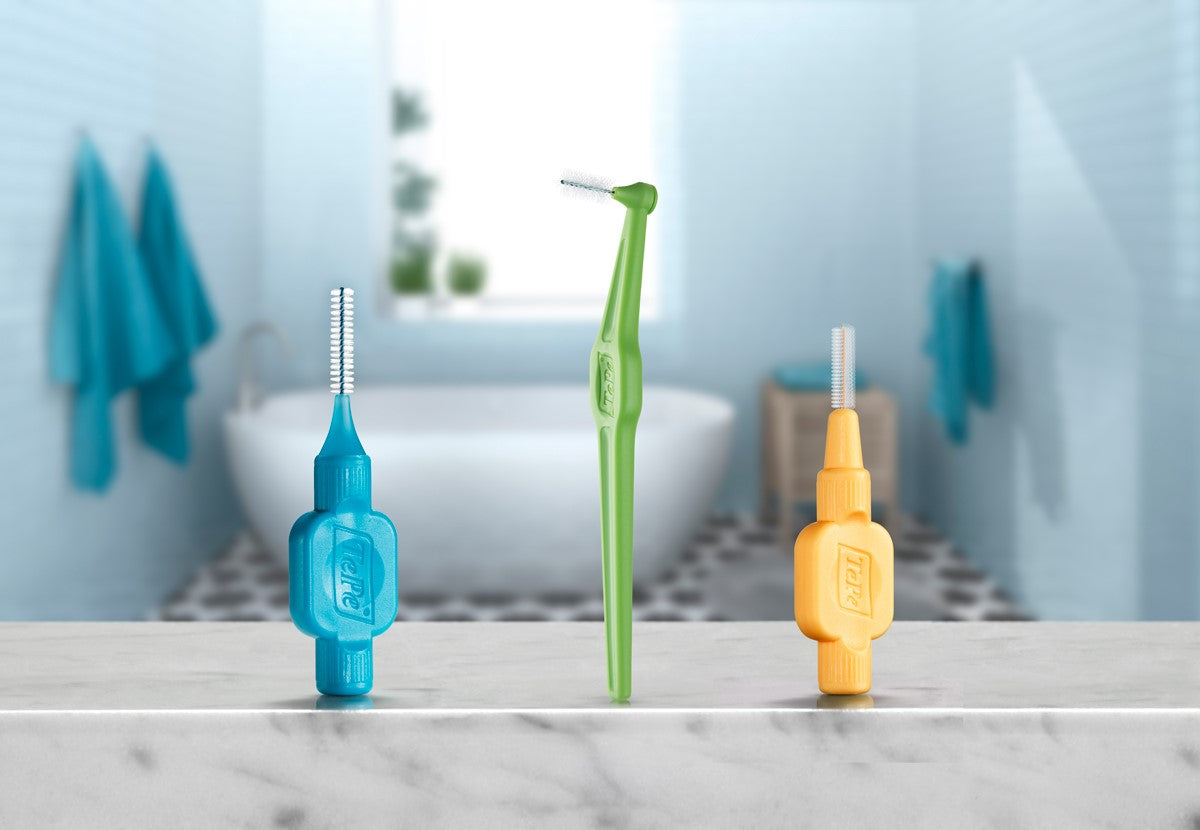
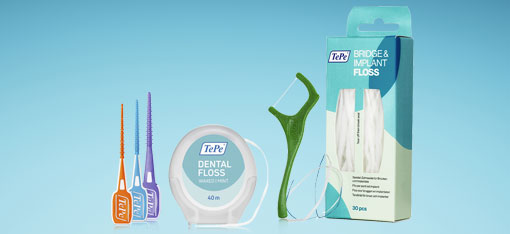
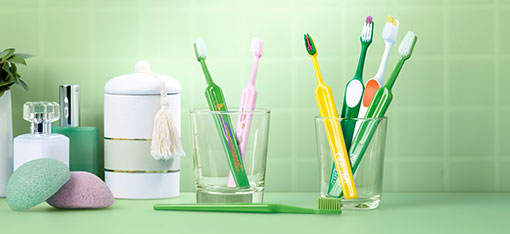
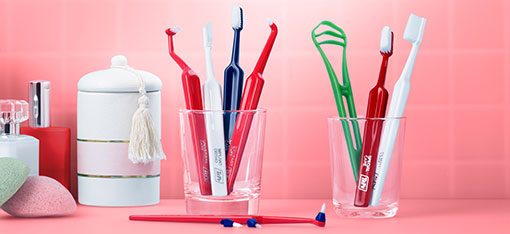
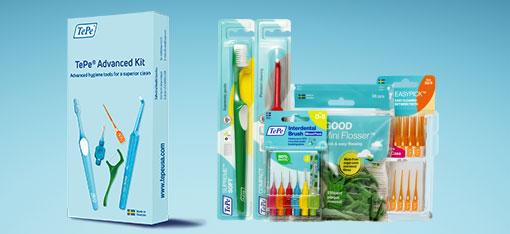

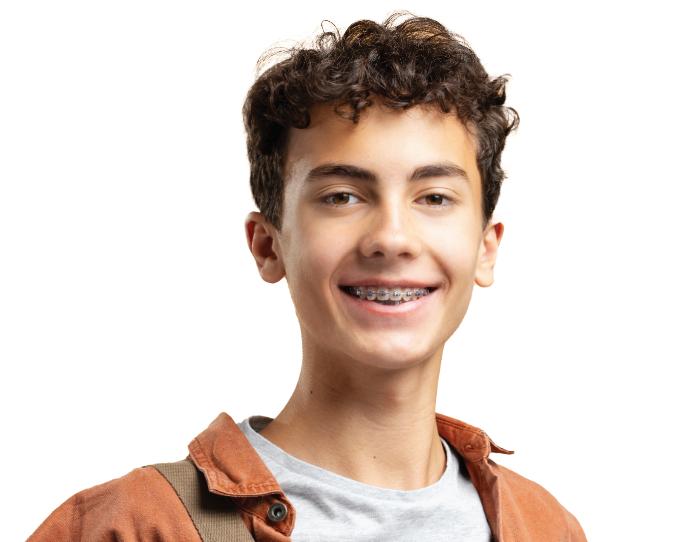


Leave a comment